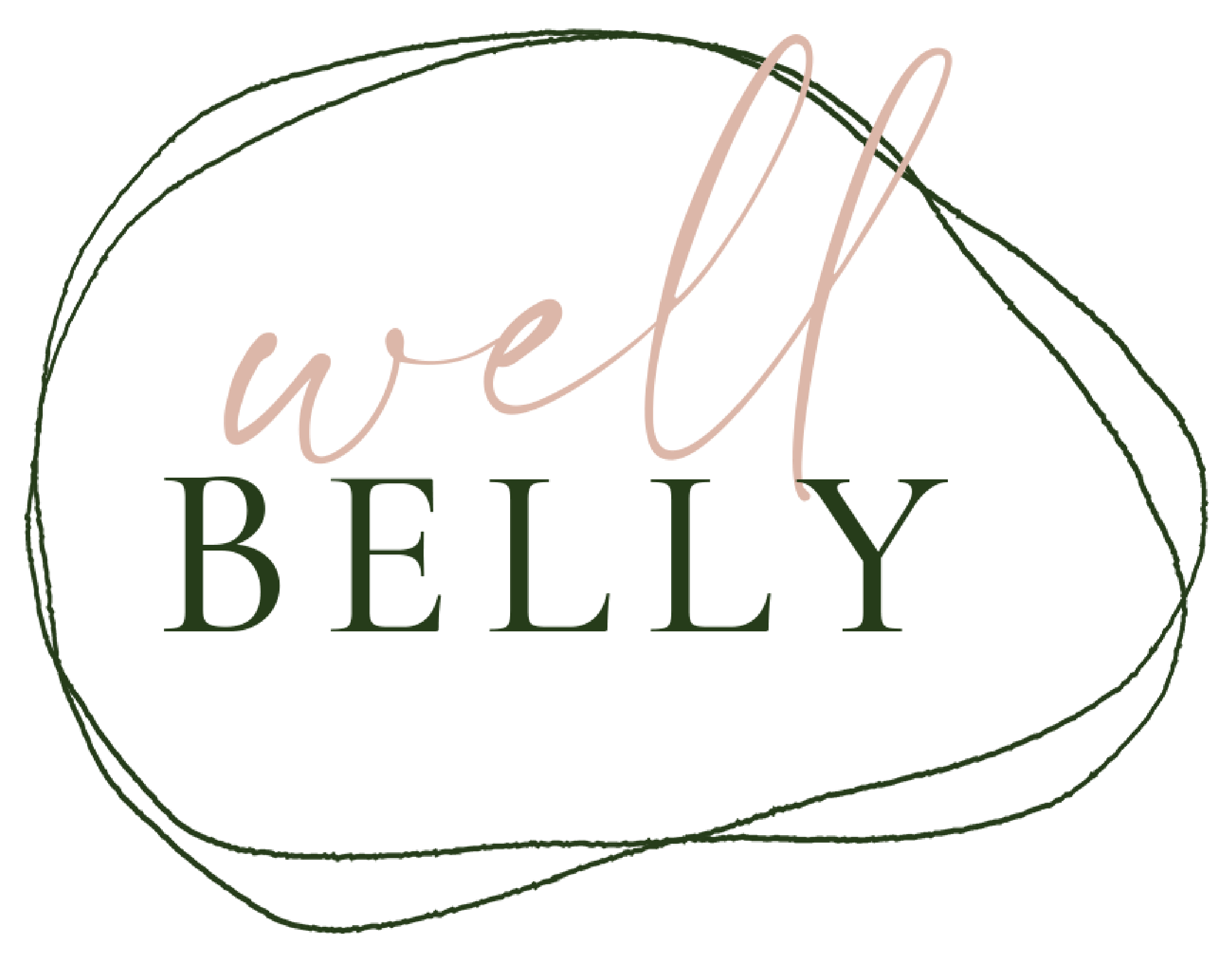Is the No Plant GAPS Diet Right for You?
The GAPS (Gut and Psychology Syndrome) diet has become a cornerstone for those seeking to heal their gut and improve overall health through food. But within the GAPS framework, there are variations that cater to specific needs. One such variation is the No Plant GAPS diet. This approach eliminates plant foods entirely for a period, focusing solely on animal-based nutrition.
The No Plant GAPS diet is particularly beneficial for individuals with severe digestive issues or autoimmune conditions where even the fibrous or anti-nutrient content of plant foods can cause irritation. Those who experience persistent bloating, gas, or pain despite following the GAPS Intro Diet might find relief with this more restrictive approach. Additionally, people dealing with conditions like Small Intestinal Bacterial Overgrowth (SIBO), Crohn’s disease, or Ulcerative Colitis may benefit from reducing plant foods, as these can sometimes exacerbate symptoms.
The GAPS Intro Diet is already a highly specific protocol, focusing on easily digestible, nourishing foods to heal the gut lining. The diet progresses through several stages, gradually introducing more foods as the digestive system strengthens.
The No Plant GAPS diet, however, takes it a step further by excluding all plant foods right from the start. While GAPS Intro includes vegetables (like squash, carrots, and onions) and fermented plant foods (like sauerkraut), No Plant GAPS removes these to focus solely on animal-based nutrition. This approach helps eliminate any potential plant-based irritants, ensuring that the digestive system can focus entirely on healing without any interference.
When following the No Plant GAPS diet, the focus is entirely on nutrient-dense, animal-based foods. Here’s a breakdown of what you can eat:
Meat Stock and Bone Broth: These are foundational to the diet, providing gelatin, amino acids, and minerals that support gut healing.
Animal Fats: Ghee, tallow, lard, duck fat, and other rendered animal fats are crucial for energy and to support the absorption of fat-soluble vitamins.
Meat: Beef, lamb, pork, chicken, and fish are all staples. Opt for fatty cuts, as they provide the necessary energy and nutrients. Organ meats like liver, heart, and kidneys are especially beneficial.
Eggs: Eggs are another excellent source of protein, fats, and essential nutrients like choline. Soft-boiled or poached eggs are gentle on the digestive system.
Fermented Dairy: If well-tolerated, fermented dairy like homemade yogurt, kefir, and sour cream can provide beneficial probiotics.
Seafood: Fish, shellfish, and fish roe are rich in omega-3 fatty acids and important minerals like iodine.
The key to the No Plant GAPS diet is ensuring you get a wide variety of animal-based foods to cover all your nutritional bases.
The No Plant GAPS diet is not typically intended to be a long-term diet but rather a therapeutic intervention for specific conditions. Once symptoms have improved, it's common to transition back to the GAPS Intro stages, where you can slowly reintroduce plant foods like cooked vegetables and fermented vegetables.
The No Plant GAPS diet is a powerful tool for those with severe digestive distress or autoimmune issues that are aggravated by plant foods. While more restrictive than the GAPS Intro Diet, it offers a pathway to healing by focusing solely on the most easily digestible, nutrient-dense animal foods. By carefully following this approach and eventually transitioning back to a broader GAPS protocol, you can support deep gut healing and overall wellness.

